The Hidden Dangers of Water Damage After Summer Storms in Minnesota
Picture this: a typical Minnesota summer afternoon turns dark, the sky rumbles, and within minutes a powerful storm drops inches of rain across the Twin Cities. Once the skies clear, most homeowners head outside, happy to see their homes still standing. But what many don’t realize is that water damage often works silently behind the scenes, showing up days or even months later.
Water damage after summer storms is more than an inconvenience—it can compromise structural integrity, create health hazards, and reduce property value. The challenge is that much of the damage is hidden, often overlooked until it becomes a major (and expensive) problem.
This guide explores the hidden dangers of water damage after Minnesota’s summer storms, what to watch for, and how to protect your home before the next storm rolls in.
Why Summer Storms in Minnesota Create Serious Water Damage Risks
Minnesota’s climate sets the stage for storm-related water issues. Heavy rainfall, flash flooding, and high humidity converge during the summer months, making homes vulnerable.
- Intense Thunderstorms: Summer in the Midwest frequently brings heavy rainfall, with some storms dropping several inches of rain in just a few hours.
- Flash Flooding: According to FEMA, flood damage is the most common and costly type of disaster in the U.S., affecting thousands of households every year . Minnesota’s low-lying areas and basements are particularly at risk.
- High Humidity: Moisture that lingers inside walls or flooring has an easier time developing into mold in Minnesota’s warm, damp summer conditions.
The reality is simple: even if your home doesn’t show visible flooding, hidden moisture may already be weakening your property.
The Hidden Dangers Homeowners Often Miss
The real risk of water damage is what you don’t see. Here are the most common hidden dangers after a summer storm:
1. Structural Damage
Water that seeps into a home’s foundation, crawl space, or basement can slowly compromise the structure. Concrete and wood expand, crack, and shift under repeated exposure. Over time, homeowners may notice uneven flooring or basement leaks—both signs of hidden storm damage.
2. Mold and Mildew Growth
Mold thrives in damp, dark environments and can begin forming within 24–48 hours of water intrusion . Once it spreads inside walls, attics, or basements, it can cause health problems such as allergies, asthma flare-ups, and respiratory irritation.
3. Electrical Hazards
When stormwater enters walls or ceilings, it often affects wiring and electrical panels. The dangers range from short circuits to fire hazards. Even if outlets and switches seem fine, moisture inside the system can create hidden risks.
4. HVAC and Insulation Damage
Wet insulation loses its ability to retain heat and cool air, driving up utility bills. Worse, moisture that infiltrates HVAC systems spreads mold spores throughout the entire home, creating long-term health concerns.
5. Decreased Property Value
Undetected water damage doesn’t just lead to repairs—it can decrease property value. Minnesota home sales require disclosure of prior water damage , and buyers often shy away from properties with water-related histories.
Warning Signs of Hidden Water Damage
Most homeowners only realize the extent of water damage once it becomes obvious. Here are subtle but critical signs to watch for:
- Musty Odors: Persistent damp smells in the basement, attic, or certain rooms often indicate hidden mold.
- Stains or Discoloration: Water rings on ceilings, bubbling paint, or dark patches on drywall signal ongoing leaks.
- Warped Floors or Buckling Wood: Even slight changes in flooring may be signs of water trapped underneath.
- Sudden Allergies or Respiratory Issues: Increased coughing, sneezing, or asthma symptoms indoors may indicate hidden mold.
- Rising Utility Bills: Wet insulation forces HVAC systems to work harder, driving up costs.
The earlier these signs are detected, the less expensive restoration will be.
How Professionals Detect and Fix Hidden Damage
DIY cleanup often overlooks the hidden dangers of water intrusion. Restoration professionals use advanced tools and proven techniques to find and fix damage thoroughly:
- Moisture Meters & Infrared Cameras: Detect water behind walls and under floors.
- Industrial Drying Equipment: High-capacity fans and dehumidifiers remove moisture quickly.
- Mold Remediation: Professionals safely remove contaminated materials and sanitize affected areas.
- Structural Repairs: Foundation cracks, damaged drywall, and weakened flooring are repaired or replaced.
Hiring experts ensures that damage doesn’t just look fixed—it is fixed.
Preventing Water Damage Before the Next Storm
While no one can control Minnesota weather, homeowners can take steps to protect their property:
- Clear Gutters and Downspouts: Prevent overflow that leads to foundation seepage.
- Proper Grading Around Foundation: Ensure water drains away from the home, not toward it.
- Install Sump Pumps with Backup Power: Crucial for basements prone to flooding.
- Schedule Annual Roof Inspections: Catch leaks before they become storm-related disasters.
- Create an Emergency Storm Plan: Know who to call, what to document, and how to safely shut off utilities after a storm.
Proactive maintenance goes a long way in saving money and stress.
Chart: Common Types of Hidden Water Damage After Minnesota Summer Storms
| Hidden Danger | Timeframe to Develop | Risk Level (1–5) | Long-Term Impact |
|---|---|---|---|
| Mold Growth | 24–48 hours | 5 | Severe health + structural damage |
| Foundation Cracks | Weeks–months | 4 | Costly structural repairs |
| Electrical System Damage | Immediate–weeks | 5 | Fire/shock hazard |
| Insulation Loss | Days–weeks | 3 | Higher energy bills |
| Property Value Decline | Months–years | 4 | Reduced resale value |
This chart helps visualize just how quickly hidden dangers can escalate.
Summer storms in Minnesota are inevitable—but long-term water damage doesn’t have to be. The real danger isn’t always what you see right after the rain stops, but the hidden problems that build up silently over time.
By knowing the risks, watching for signs, and calling in restoration professionals when needed, homeowners can avoid costly repairs and keep their homes safe.
Right Now Roofing & Restoration is here to help Minnesota homeowners recover quickly from water damage and storm events. Schedule a professional inspection today before hidden damage becomes tomorrow’s disaster.
References
- FEMA – Understanding Flood Risk
- EPA – Mold and Health: https://www.epa.gov/mold/mold-and-health
- CDC – Mold Cleanup After Disasters
- Minnesota Department of Commerce – Home Disclosures
- Insurance Information Institute – Water Damage Facts
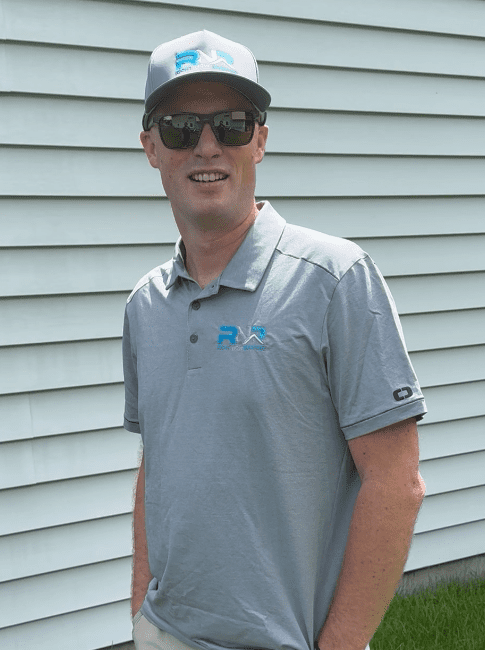
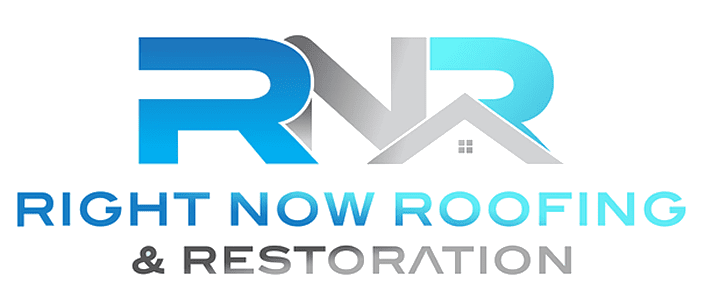
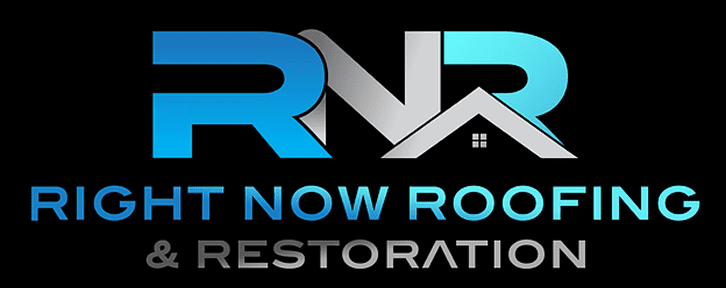
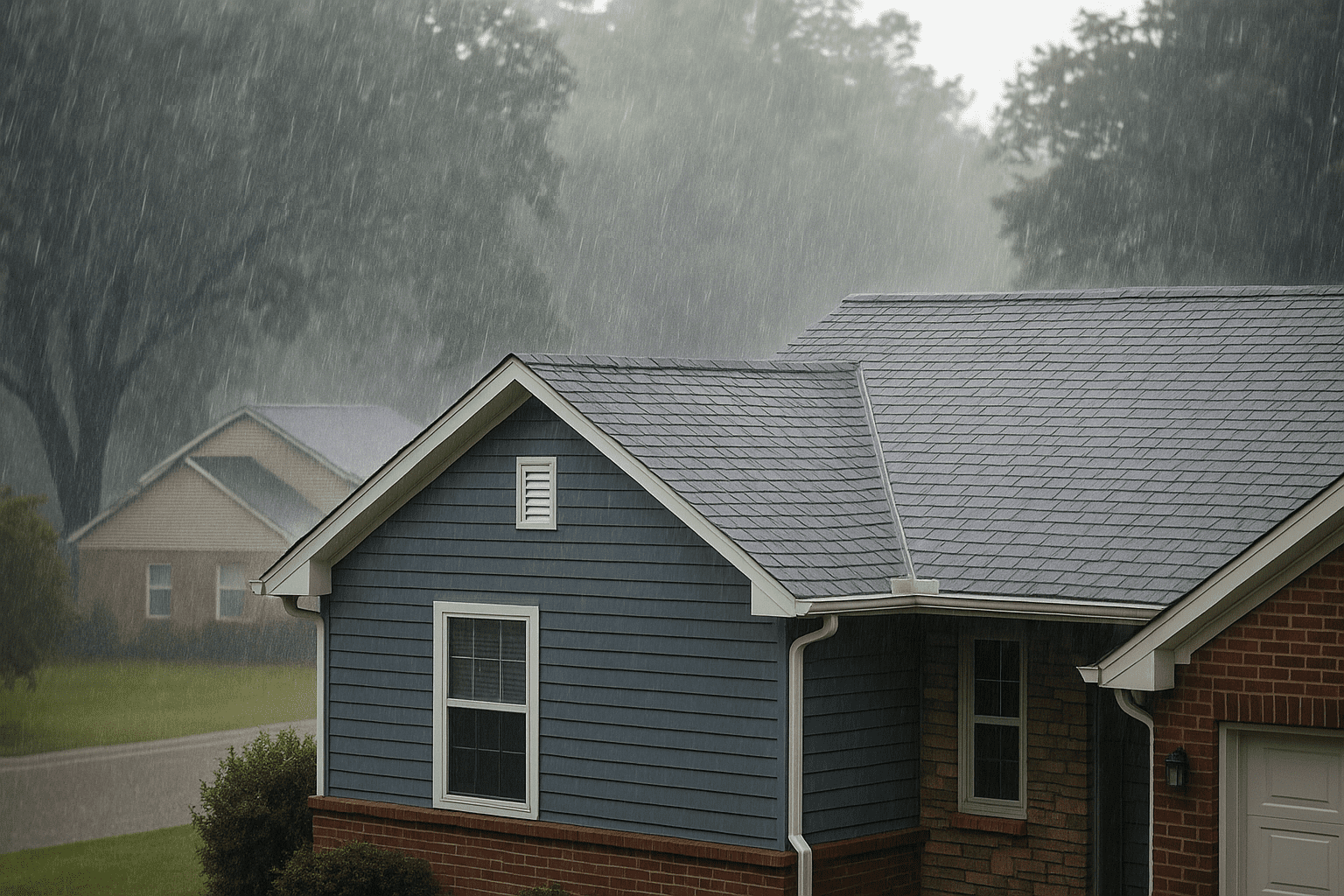
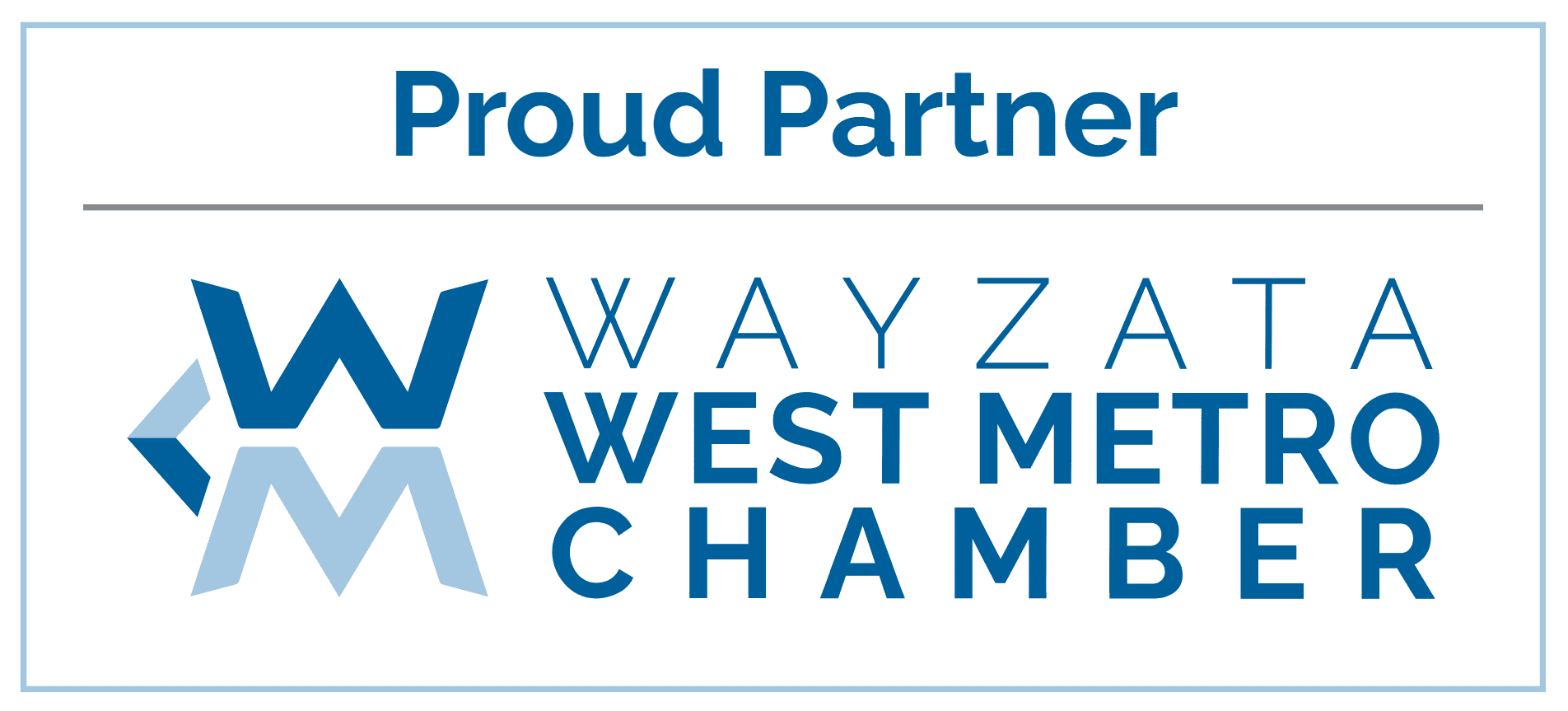
Leave A Comment